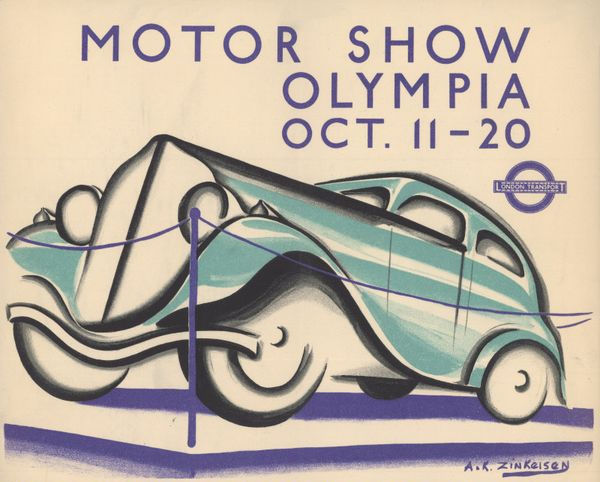Hubble Captures Einstein Ring
- Editor OGN Daily
- Sep 1, 2021
- 1 min read
A new photograph from the Hubble Space Telescope shows a beautiful “Einstein Ring” - a phenomenon named after Albert Einstein, who predicted that gravity could bend light.

The image, released by the European Space Agency, shows a round object at the center of the photograph that is actually three galaxies that appear as seven, with four separate images of the most distant galaxies forming a visible ring around the others.
The farthest galaxy - a special type of very bright galaxy with a gigantic black hole at its center, known as a quasar - is about 15 billion light-years from Earth.
At such a great distance, it should be invisible to even the best space telescopes, but its light is curved by the two galaxies in front, about 3 billion light-years away, so its image appears to us in five separate places: four times in the ring and once at the center of the ring, although that can be detected only in the telescope’s numerical data.
The rare phenomenon is named after Einstein who predicted in 1911 that gravity would affect light just as it affects physical matter. Einstein proposed the idea as a test of his theory of general relativity in 1915, and in 1919 astronomers in Sobral, Brazil, and on the small island of Principe off the West coast of Africa, confirmed the effect during a solar eclipse, noting that the light was being bent by the sun’s gravity. For more on this story, see OGN's Space is Bendable and the Universe is Weird from 2 months ago.



